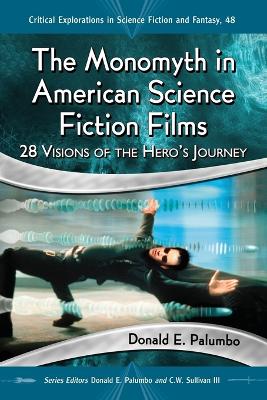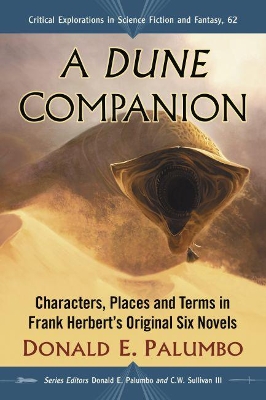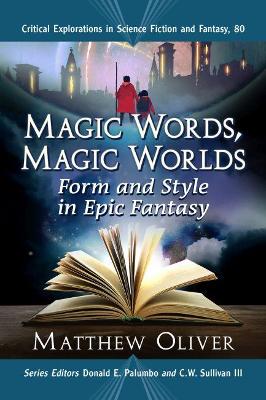Critical Explorations in Science Fiction and Fantasy
4 total works
One of the great intellectual achievements of the 20th century, Joseph Campbell's The Hero with a Thousand Faces is an elaborate articulation of the monomyth: the narrative pattern underlying countless stories from the most ancient myths and legends to the films and television series of today. The monomyth's fundamental storyline, in Campbell's words, sees "the hero venture forth from the world of the common day into a region of supernatural wonder: fabulous forces are there encountered and a decisive victory is won: the hero comes back from this mysterious adventure with the power to bestow boons to his fellow man." Campbell asserted that the hero is each of us--thus the monomyth's endurance as a compelling plot structure.
This study examines the monomyth in the context of Campbell's The Hero and discusses the use of this versatile narrative in 26 films and two television shows produced between 1960 and 2009, including the initial Star Wars trilogy (1977-1983), The Time Machine (1960), Logan's Run (1976), Escape from New York (1981), Tron (1982), The Terminator (1984), The Matrix (1999), the first 11 Star Trek films (1979-2009), and the Sci Fi Channel's miniseries Frank Herbert's Dune (2000) and Frank Herbert's Children of Dune (2003).
The Encyclopedia Galactica, a compendium of all human knowledge, is prominent in the Foundation series as a key plot element but is also widely cited in the text itself. Palumbo and Sullivan's major new reference work book contains 1,000 selected excerpts from the Encyclopedia, identifying and describing all of the characters, locales, artifacts, concepts and institutions in Asimov's metaseries. The authors argue that Asimov successfully integrates the three series through the retroactive use of chaos theory, the underlying principle behind both psychohistory and Three Laws of Robotics-respectively the crucial concepts in the Foundation and Robot stories.



